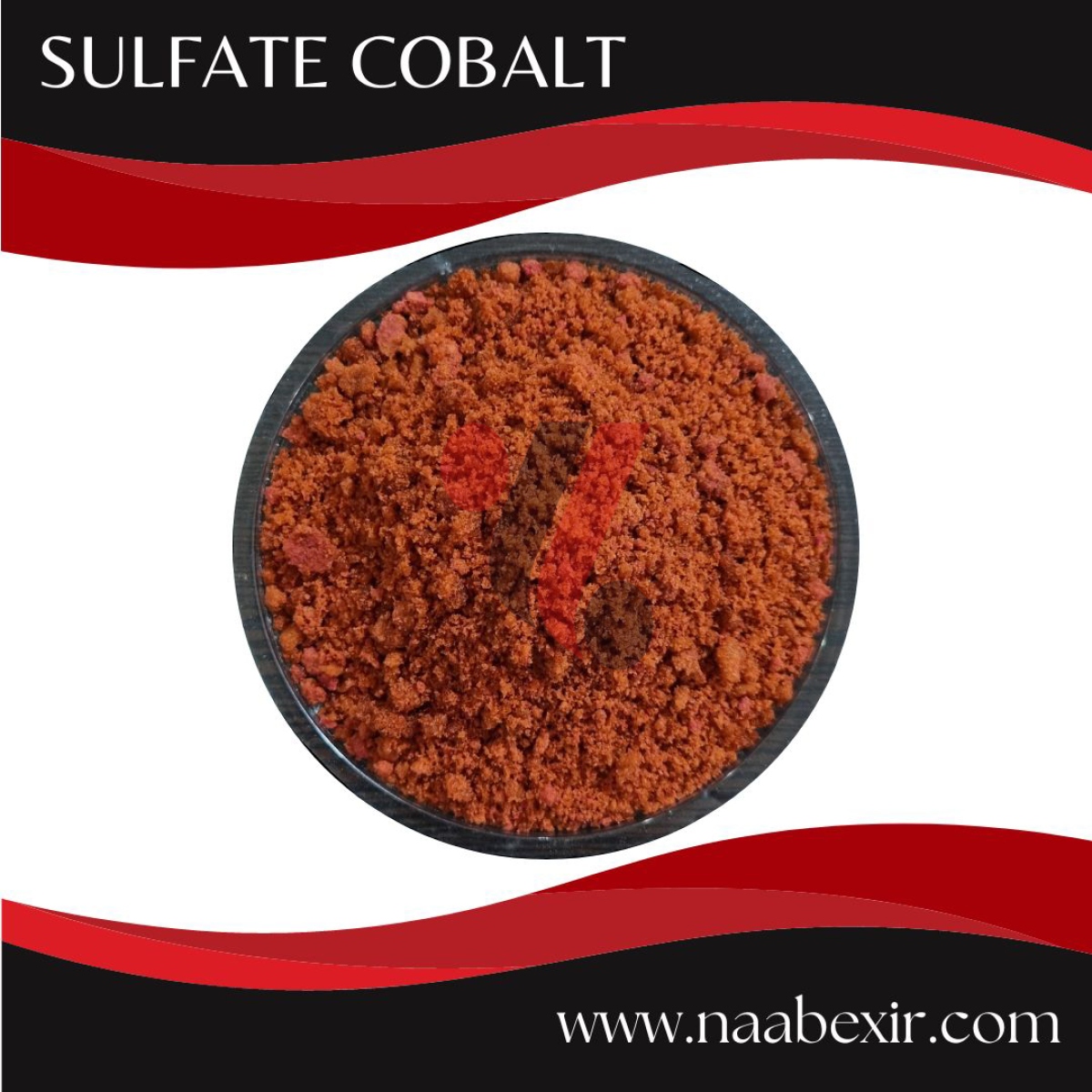
**Cobalt Sulfate: Properties and Applications**
Cobalt sulfate, with the chemical formula CoSO4, is a chemical compound composed of cobalt ions (Co) and sulfate ions (SO4). This compound can exist in various hydrated forms, with the most common being heptahydrate (CoSO4·7H2O), which is a reddish crystalline solid. Cobalt sulfate finds diverse applications in various industries, agriculture, and laboratories:
1. **Electroplating:** Cobalt sulfate is used in electroplating processes to provide a thin layer of cobalt coating on metal surfaces. This process improves the surface properties of metals, enhancing resistance to corrosion, hardness, and wear. It is essential in the production of metals, including copper, as a leveling and cathode surface smoothing agent.
2. **Agriculture:** Cobalt sulfate serves as a source of cobalt in animal nutrition and fertilizers. Cobalt is a micronutrient essential for the health of ruminant animals like cows and sheep, as it is a component of vitamin B12, aiding in proper digestion and metabolism.
3. **Drying Agents:** Cobalt sulfate is used as a drying agent in the production of inks, varnishes, and paints. This process accelerates the drying by promoting oxidation and polymerization reactions in coatings.
4. **Lithium-Ion Batteries:** Cobalt sulfate, especially in cathode materials, is utilized in the production of lithium-ion batteries. It enhances the capacity and performance of these batteries, although concerns regarding environmental and ethical issues related to cobalt sourcing have arisen due to limitations in access and extraction methods.
5. **Catalysis:** Cobalt sulfate can act as a catalyst in various chemical reactions, including oxidation and hydrolysis reactions.
6. **Chemical Analysis:** Cobalt sulfate can be used in analytical chemistry techniques, such as spectrophotometry, for the determination of the concentrations of other substances.
7. **Textile Industry:** Occasionally, cobalt sulfate is used as a coloring agent in textiles for producing blue and green dyes.
Nab Exir Paya Chem proudly stands as the first and sole producer of copper extraction reagents (CLX5640, 5774, 984) and has always been a pioneer in supplying products in this field. You can obtain these products with the highest quality and the most competitive prices from Nab Exir.
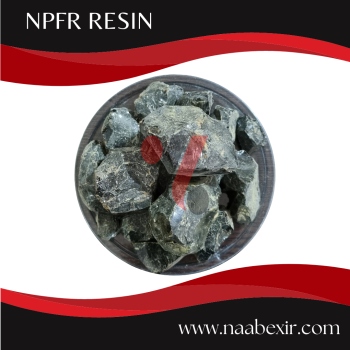
**Alkyl Phenol Formaldehyde Resin (APFR)?**
Alkyl Phenol Formaldehyde Resin (APFR) is a type of phenolic resin synthesized from the reaction of alkyl phenols with formaldehyde. Alkyl phenols are a class of organic compounds that contain an alkyl group attached to a phenol group.
APFRs belong to a versatile class of resins with a wide range of applications. They find use in various industries, including rubber, adhesives, coatings, and composites.
Some specific characteristics of APFRs include:
1. **Compatibility with Various Materials:** APFRs exhibit good compatibility with different materials, including metals, plastics, and wood. This makes them a versatile choice for various applications.
2. **Excellent Adhesive Properties:** APFRs have excellent adhesive properties, making them useful for bonding various materials effectively.
3. **Durability:** APFRs are durable materials that can withstand different conditions such as exposure to water, heat, and chemicals. This durability makes them a good choice for applications where longevity is essential.
4. **Fire Resistance:** APFRs possess good resistance to fire, making them suitable for applications where fire resistance is important.
Below are some common applications of APFRs:
1. **Modification of Rubber Properties:** APFRs are used to modify the properties of rubber to enhance hardness, wear resistance, and water resistance. They are also used to improve the adhesion of rubber to other materials.
2. **Adhesives:** APFRs are employed in various types of adhesives, including contact adhesives, hot-melt adhesives, and epoxy adhesives. They are used for bonding different materials, including metals, plastics, and wood.
3. **Coatings:** APFRs are used in various coatings, including paints, varnishes, and lacquers. They enhance durability, water resistance, and heat resistance in coatings.
4. **Composites:** APFRs are used in different types of composites, including fiber-reinforced plastics and wood-plastic composites. They improve strength, hardness, and fire resistance in composites.
5. **Other Applications:** APFRs also find use in various other applications, such as sealants, gaskets, and penetrants.
APFRs are generally considered safe materials, but inhalation or ingestion may pose health risks. Additionally, they can be carcinogenic, so precautionary measures should be taken when handling them.
In summary, APFRs are a versatile class of resins with applications across various industries. They exhibit compatibility with different materials, excellent adhesive properties, and resistance to fire, making them suitable for a wide range of applications.
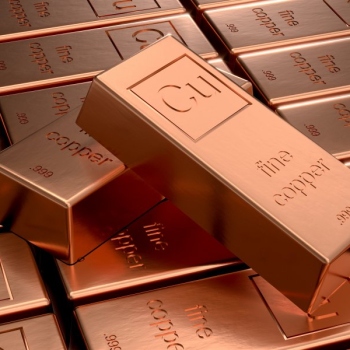
**What is Copper?**
Copper,is a metal with an atomic number of 29 and the chemical symbol Cu, is an intermediate metal on the periodic table of elements. Among its notable properties are high thermal and electrical conductivity, as well as the ability to withstand ductility and hammering (referred to as malleability) under pressure without breaking.
the position of Iran in the copper production
Given the strategic position of this mineral is clear. Due to having a high copper reserves of Ore in Iran, various methods of copper production in Iran have been had a considerable progress .Pyrometalurgy and hydrometalorgy methods of copper production have increaased highly recently in Iran. Nowaday more than 250000 Tons of catosic copper are produced anually. In the hydromethalorgy production of copper a versatile chemicla raegent is essntiall named CLX ( copper Leaching Extractant) which is locally produced. CLX have a good capability of copper absorption more than its simillay and forign regaents such as LIX, Acorga and mextral.
The strategy and programming of the Iranian copper industries will adopt to enter global markets and play a effective role in the global supply chain.
Iran’s copper reserves and mines are divided into two groups, large and small mines, based on their volume and quantity of reserves and grade
**IApplications of Copper metal:**
Copper is one of the most avlauable and versatile metal in the our daily life and human societies and is applied in various industries and applications. Some of the applications of copper include:
**Electronics Industry:** Copper is a major electrical conductor in the electronics industry. It is used to manufacture electrical wires, circuits, electronic components, and printed circuit boards (PCBs).
**Power Generation and Distribution:** Due to its excellent electrical conductivity, copper is used in the construction of pipes to facilitate the distribution of electricity in power grids. Additionally, components of transformers and electric motors are made from copper.
**Construction and Building:** Copper plays a crucial role in the construction industry. Copper pipes and fittings are used in plumbing systems, and it is also employed in heating, ventilation, and air conditioning (HVAC) systems. Some decorative building elements like copper bricks are also available.
**Automotive Industry:** In the automotive industry, copper is used to create electrical systems, cooling pipes, and various components. It is also utilized in brake systems and electromagnetic brakes.
**Oil and Gas Industry:** Copper is employed in the oil and gas industry to create pipes, cooling equipment, and electrical facilities.
**Food Industry:** Copper is used in certain areas of the food industry, such as brewing, kitchenware production, and cooling systems.
**Medical Industry:** Copper serves as a natural disinfectant and antimicrobial agent in the medical field. It is used in medical equipment, ventilation systems, and surgical instruments.
These are just some of the applications of copper, which is considered a versatile metal used in various industries and in many of our daily products.
Copper is naturally found in various forms, but primarily, 80% of the world's copper exists as copper sulfide ores.
Naab Exir Paya Chemi Company assists in maximizing the extraction of this valuable metal from mines using solvent extraction (leaching) methods with the production of CLX5640, CLX5774, and CLX984 extraction agents.
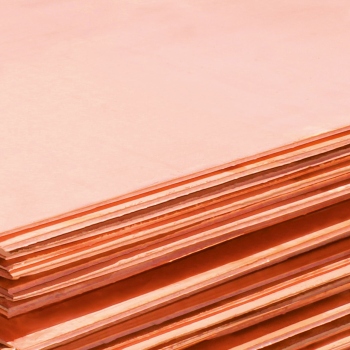
****
Copper ranks as the third most commonly used metal in the world, following iron and aluminum. Copper is known for being a soft metal with resistance to corrosion and having excellent thermal and electrical conductivity. Therefore, its extraction and purification are of great importance. Copper cathode is a product derived from copper that exhibits higher electrical conductivity compared to elemental copper. It is important to note that pure copper is not naturally found on Earth; it is typically found in combination with other elements such as iron, sulfur, and more.
The process of extracting copper involves heating copper ores to temperatures exceeding 1000 degrees Celsius, resulting in the formation of copper sulfate, sulfur oxide, and iron oxide. By further heating the copper sulfate, high-purity copper and sulfur dioxide are produced. Copper obtained through these processes has low electrical conductivity. To address this, copper cathodes are produced using the electrorefining process. During this process, impurities such as nickel, silver, gold, and others are separated from copper.
**Applications of Copper Cathode:**
Due to its higher electrical conductivity compared to aluminum, copper cathode is used in the production of ICs (Integrated Circuits) and as a raw material for manufacturing high-purity copper products. Copper cathode is also used by manufacturers of copper rods and wires, commonly referred to as copper wire.
Other applications of copper cathode include the production of copper molds, the manufacturing of bronze and brass alloys (which benefit from copper's improved hardness and expansion properties), use in transportation, the production of electrical components, military equipment, the construction industry, and more.
Nab Exir Paya Chemi Company is dedicated to helping copper producers achieve maximum copper extraction and purification using solvent extraction (leaching) processes with the production of products like CLX5640, CLX5774, and CLX984. This commitment aims to contribute to domestic production growth, self-reliance, and the advancement of our country and fellow citizens.
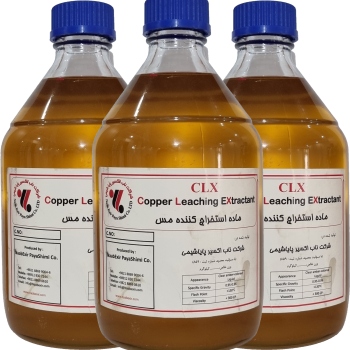
CLX5640 is a copper leaching extractant used in the hydro-metallurgical process of copper extraction, including leaching and solvent extraction. It is a domestically produced product used in many copper cathode production units and factories in Iran. This product has gained widespread acceptance due to its high quality and performance, often surpassing foreign counterparts and Mextral5640 in various parameters.
Here are some key features and benefits of CLX5640:
1. High Copper Absorption: CLX5640 exhibits a high level of copper absorption, often superior to external samples of PLS (Pregnant Leach Solution).
2. Loading and Saturation: It allows for high loading and saturation levels in the pregnant leach solution.
3. Efficient Stripping and Copper Transfer: CLX5640 facilitates excellent stripping and copper transfer, ensuring efficient copper recovery.
4. High Selectivity: It offers excellent selectivity, particularly in terms of Cu/Fe selectivity.
5. Minimal Manganese Absorption: This extractant does not chemically absorb manganese, which can be a common problem in copper leaching processes.
6. Rapid Separation: CLX5640 exhibits favorable kinetics for absorption, phase transfer, and separation, resulting in minimal separation time.
7. No Formation of Undesirable Impurities: It does not lead to the formation of undesirable impurities like crud.
This product is crucial for copper cathode production using leaching and bio-leaching methods. It addresses the challenge of removing interfering ions such as iron and manganese, as well as silica, which is a common concern in many copper production facilities.
One of the notable advantages of using domestically produced CLX5640 is its competitive pricing compared to similar foreign products. It ensures a continuous and timely supply, ease of access, and free consultation regarding various product grades and models. The product is highly versatile and can be customized to meet specific customer requirements within the PLS system.
The chemical composition of CLX5640 includes a mixture of aldoxime and a specific hydrocarbon ester or high-flash-point solvent, enhancing its stripping power and optimizing its physical properties such as viscosity and density for effective use in the copper extraction process.
CLX5640 finds various applications, including initial charging of SX systems, daily or monthly makeup, bio-leaching processes (initial charge and daily injection), copper recovery from industrial wastewater containing significant copper ion concentrations, and copper extraction from sludge produced during aqueous processes.
The reaction of this extractant with copper ions is represented as follows:
2ROH(org) + Cu2+SO4(aq) ↔ (RO)2Cu(org) + 2H2SO4(aq)
CLX5640 plays a critical role in optimizing the copper extraction process, ensuring high-quality copper cathode production.
 English
English  فارسی
فارسی 
